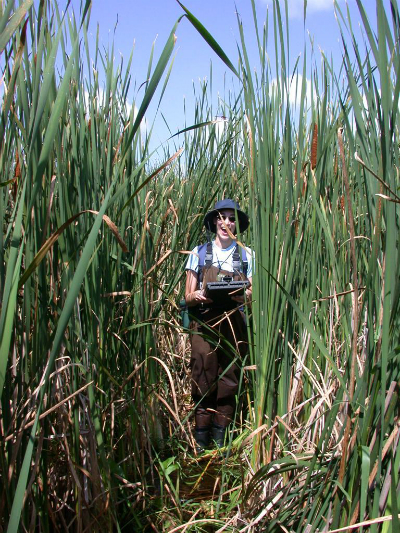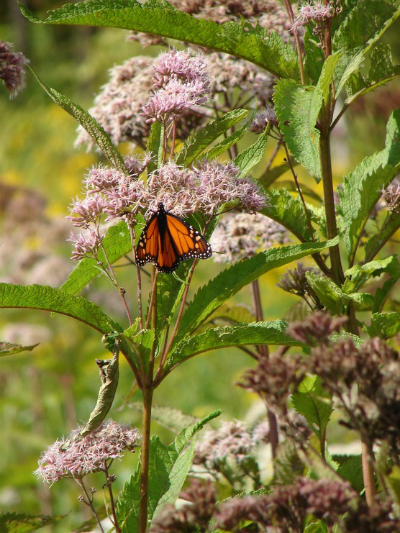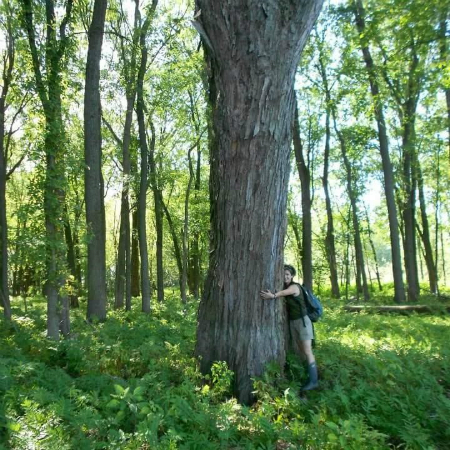Wetland plants, or hydrophytic "water loving" vegetation, are those plants which have adapted to growing in the low-oxygen (anaerobic) conditions associated with prolonged saturation or flooding. These plants have adapted to anaerobic soil conditions by evolving alternative methods of collecting oxygen such as the hypertrophied lenticels in the bark of speckled alder; the hollow stems of rush and grass species; and the air filled cells (aerenchyma) in the roots of cattails.

Plant species vary in their tolerance of wetland conditions. The following are indicator categories of plants as assembled by the U.S. Fish and Wildlife Service in the National List of Plant Species that Occur in Wetlands: Northeast (Region 1). The National List reflects the range of estimated probabilities (expressed as a frequency of occurrence) of a species occurring in wetland versus non-wetland across the entire distribution of the species. The indicator categories include:
- Obligate Wetland (OBL). Occur almost always (estimated probability greater than 99%) under natural conditions in wetlands.
- Facultative Wetland (FACW). Usually occur in wetlands (estimated probability 67%-99%), but occasionally found in non-wetlands.
- Facultative (FAC). Equally likely to occur in wetlands or non-wetlands (estimated probability 34%-66%).
- Facultative Upland (FACU). Usually occur in non-wetlands (estimated probability 67%-99%), but occasionally found in wetland (estimated probability (1%-33%).
- Obligate Upland (UPL). Occur in wetlands in another region, but occur almost always (estimated probability greater than 99%) under natural conditions in non-wetlands in the region specified. If a species does not occur in wetlands in any region, it is not on the National List.
Obligate wetland plants include duckweed, water lily, pickerel weed, cattails, wooly sedge, soft-stem bulrush, royal fern, and water horsetail. Obligate upland plants include White pine, White clover, Virginia creeper, Christmas fern, and Ground ivy. Red maple, Poison ivy, Switchgrass, and Alpine violet are examples of facultative plants. Below are some examples of plants commonly found in Vermont wetlands.
Hydrophytic Vegetation:



Links of Interest
- Updated National Wetland Plant List. This website represents a national effort led by the U.S. Army Corps of Engineers to update the National Wetland Plant List (NWPL) and includes a comprehensive set of wetland indicator species that can be sorted by region. Users can follow the quick start guide to identify wetland plants and their status, as well as create plant lists.
- University of Florida Aquatic Plant Database. Maintains a computerized bibliographic database (Copyright University of Florida, 2000) devoted to freshwater aquatic and wetland plants as well as terrestrial and aquatic invasive plants.
- USDA Plant Database. A single source of standardized information about plants including names, checklists, automated tools, identification information, species abstracts, distributional data, wetland indicator status, and other plant information.
- USGS Northeast Wetland Flora Field Office Guide. An easy to use, illustrated wetland guide to aquatic, wetland and invasive plants. Includes photographs, plant ID videos and a comprehensive database.
